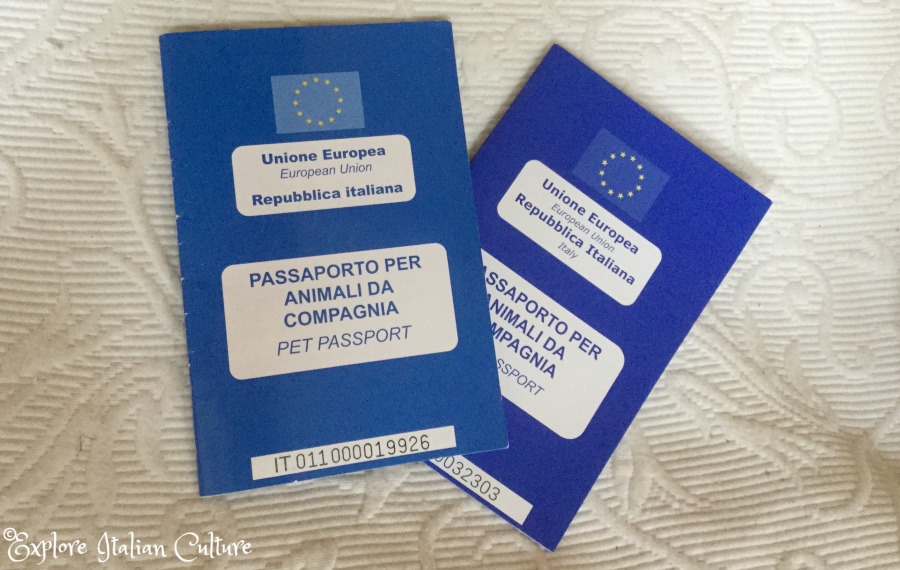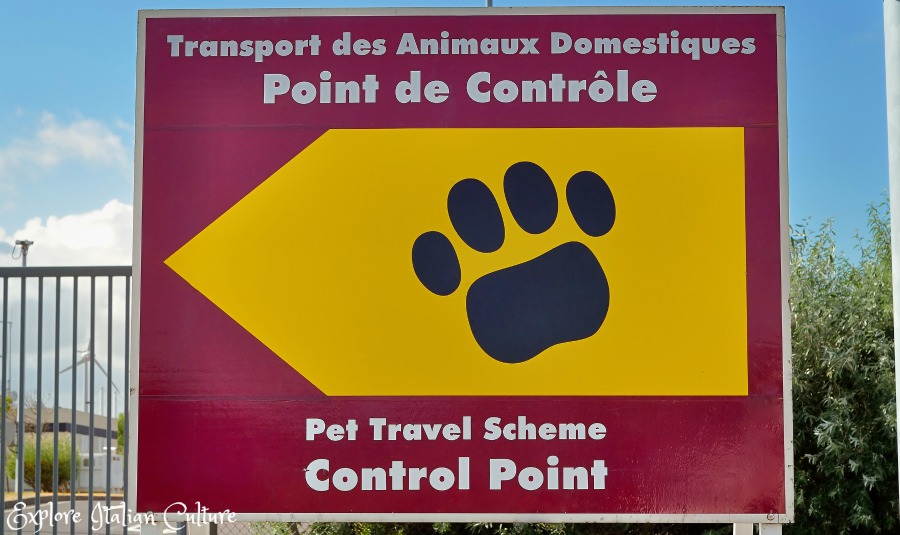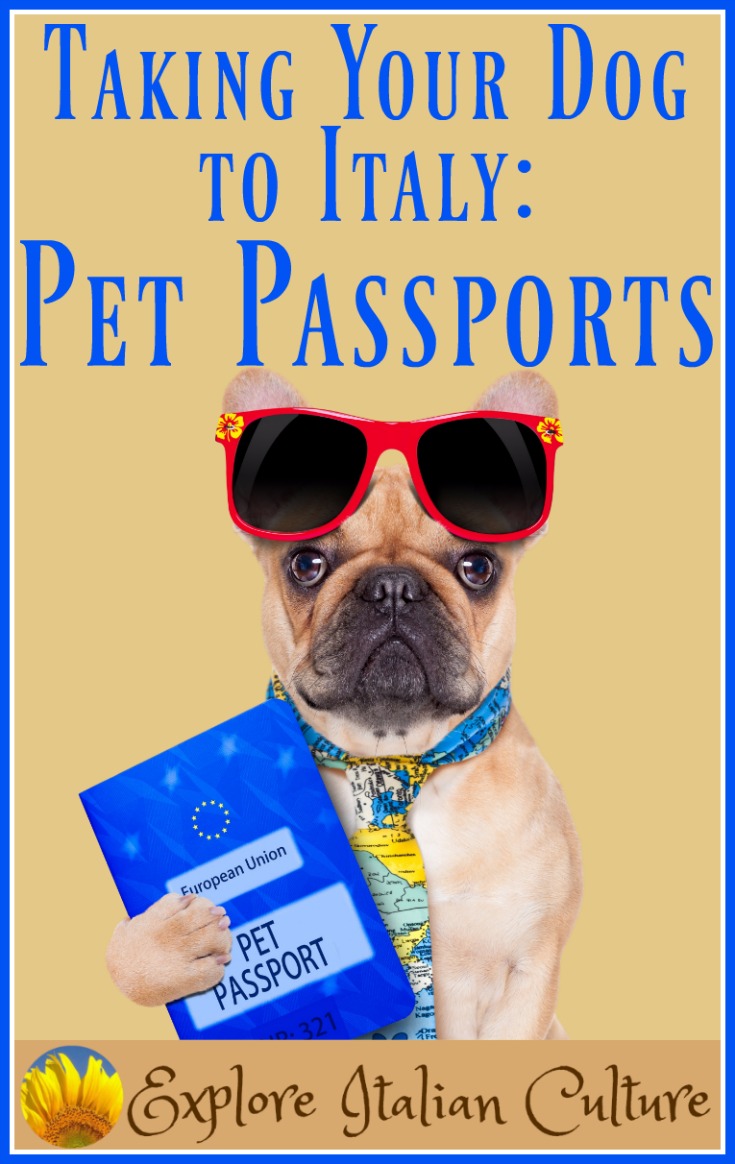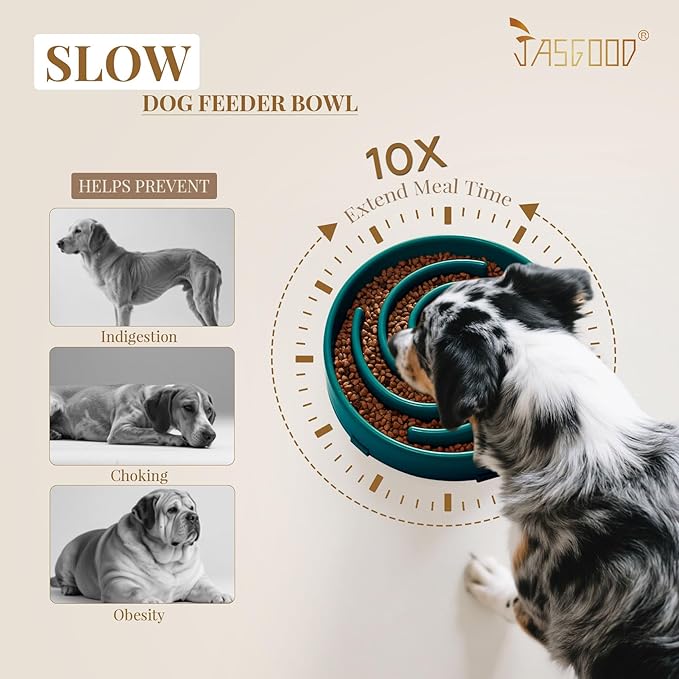The dog travel Passport Scheme - Taking your dog to Italy
So you want to take your pet to Italy, but you're not sure what documentation you need?
Dog travel passport scheme.
It's not surprising really - it can seem very complicated if you've never done it before - particularly if you'll be traveling from Italy into the UK at some point.
The regulations are very tight, and one mistake in the paperwork can mean the difference between free travel and six months' quarantine.
So it's critical to get it right.
Whether you're traveling by plane, train car or, as we do, by boat, the paperwork you'll need is the same.
Here we cover travel from within the European Union (EU) which involves the Pet Passport Scheme, and from outside it which requires an official veterinary certificate.
PLEASE NOTE: Information on this page may have changed since Brexit.
Dog Travel Passport Scheme
Steps to take before you can get the documentation...
Whether you're traveling from within the EU or outside it, though, there are two steps to take before you'll be eligible for any documentation.
Click on these links for more information - they'll open in a new window so you can easily come back here when you've finished reading:
Your pet needs to have a microchip, and
Your pet needs to have had a rabies vaccination, after the microchip has been inserted.
You should also have checked with the company you're traveling with that they accept animals on the route you're intending to take.
Got those things in order? Great - now you can proceed to the documentation stage.
Britain leaving the European Union - does it make a difference?
Are you a pet owner wanting to bring your dogs from the UK and worried what will happen after Brexit?
The fact is that, at the present time, no-one knows. It is on the agenda for discussion and it's thought that it's unlikely to change anything, as the UK was the main instigator of the Pet Passport Scheme.
If the regulations do change, we will announce it here and will detail whatever the changes in law might be.
How this article works:
Firstly, please note that these regulations apply only to bringing up to five dogs, cats or ferrets into Italy.
Unless you're traveling to a show, and have documentation to prove it, any more than five is considered to be commercial importation and is subject to different legal requirements.
There are two separate sets of requirements in place for traveling with a pet to Italy:
- Click here if you're traveling from within any country which is a member state of the European Union, or another country which is also able to issue the passport. You'll find a list of those countries at this link.
- Click here if you're travelling from anywhere outside the EU.
Important note:
Regulations about pet travel can and do change frequently, and often without notice. Always check with your veterinarian, and with the website of the countries you are traveling to and from, well in advance of your journey.
The European Union Pet Travel Scheme (PETS): background
There was a time when animals traveling to a different country needed to be placed into quarantine - at the owner's expense - for six months before being allowed entry.
In 2001, the European Union agreed the Pet Travel Scheme, whereby pet dogs, cats and ferrets could be allowed free entry into any EU country as long as the required documentation was in order.
The requirements have changed slightly over time but the scheme is a robust one which has allowed many pets to accompany their family on holiday where previously they would have had to stay at home.
#Ad
Dog Anti-Gulping Slow Feeding Bowl
Does your dog eat too quickly?! This Anti-Gulping Bowl helps your pet to slow down when eating and makes meals take longer to consume. This helps prevent choking, dangerous after-meal bloating, and improves digestion by eating at a healthy pace.
Read more and purchase on this link.
What exactly is the pet passport?
From here on we'll refer to dogs, but the pet passport can also cover cats and ferrets.
- The Pet Passport allows animals freely to cross borders within the European Union.
- It's a small, blue booklet, written in both English and in the language of the issuing country, otherwise identical in layout for every participating country.
- Each passport is unique to one animal, has its own identification number just like a person's passport, and lasts for the duration of the animal's life.
 Our dogs' passports, issued in Italy.
Our dogs' passports, issued in Italy.- It keeps a record of the pet's inoculation history in one place rather than having a number of different bits of paper which can easily get lost.
- It records the dog's name, family details, microchip number, the date and batch number of rabies inoculations and boosters, and the date and batch number of tick, flea and tapeworm treatments where appropriate.
- Each of these has to be signed off by a registered veterinarian. The rabies vaccine sticker must be placed in the passport and also signed off.
Dog Travel Passport Scheme
How to get a pet passport
- You must be living in an EU member state.
- You must ensure your dog has been micro-chipped and has had the rabies vaccine - in that order.
- Each country has its own regulations about how the pet passport is issued, so check with your own country's website.
- In every case, it's best to start the process with your veterinarian as soon as you know you want to take your pet out of the country.
- There is always a cost involved, but it's now less expensive than it was at the beginning of the scheme. We paid around £300 for the first ever passport we had (issued in the UK); recently our Yorkie Effie's passport (issued in Italy) cost us just 30 Euros.
Can someone from outside the EU get a pet passport?
- Yes. If, for example, your dog's documentation will run out while you're in Italy, you can have an EU pet passport issued.
- You will need to take the documents from your own country to a licensed vet in an EU country before the expiry date.
When is documentation requested?
You will need to show your pet's documentation at any point where you have to show your own: border points and points of entry into a country being the two most obvious.
 A border control point between France and Italy.
A border control point between France and Italy.Within Italy, you are also required to carry your pet's documentation with you at all times.
Documentation for travel from a country outside the EU.
- If you're travelling to Italy with your dog from a country outside the EU, you will need a European Community Veterinary Certificate for each pet traveling with you. Your vet should have an up-to-date copy of this.
- The certificate details the animal's and owner's information together with microchip and vaccine information. It must be completed and signed off by a registered veterinarian.
- If you're travelling from the USA, the certificate has to be endorsed by the Animal and Plant Health Inspection Service. Check out this page on the Department of Agriculture website which keeps all pet travel information updated.
- Your dog will also have to have been micro-chipped with a chip which is compatible with the ISO-11784 / ISO 11785 standard - your veterinarian will know about this.
- The anti-rabies vaccine must be given 21 days before travel if it is the first inoculation. If a booster has been given before the expiry date of the previous vaccine, there is no need for this delay.
- Your pet won't need any tick or tapeworm treatment to enter Italy but if you intend to travel on to the UK, a worming treatment must be administered by a vet - see the next section for details.
Dog Travel Passport Scheme
- Onward travel, and going home
- If you intend to travel from Italy to the UK, you need to visit a veterinarian before you leave for the UK, to have a worming treatment administered and signed off and to have your pet certified as fit to travel.
- The treatment must be given no less than 24 hours and no more than 5 days before entry into the UK.
- For more information about visiting the UK with your dog or cat, take a look at the UK Government site.
- Regulations for traveling back home vary widely from one country to another. Check with your veterinarian before you travel to make sure you know exactly what you will need to do.
Other articles about traveling to Italy with dogs and cats:

Sources and further reading
European Commission: 'The Movement of Pets'.
Italian Department of Health: 'Traveling to Italy with pets' (English version).
U.S. Embassy in Italy: 'Moving Cats and Dogs from the US to Italy'.
U.K. Government: 'Bringing your pet dog, cat or ferret to the UK'.
U.K. Government: 'Tapeworm treatment for dogs'.
Disclaimer
Regulations regarding taking pets from one country to another can sometimes change without notice. For this reason, my article should be regarded as general advice only. Always check the information on your own country's website, and discuss what's needed with your veterinarian as soon as you decide to take your pet out of the country.










